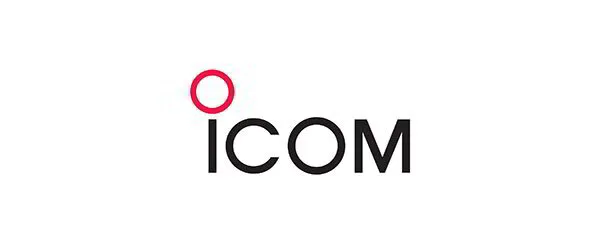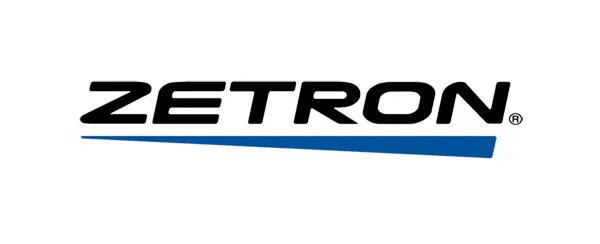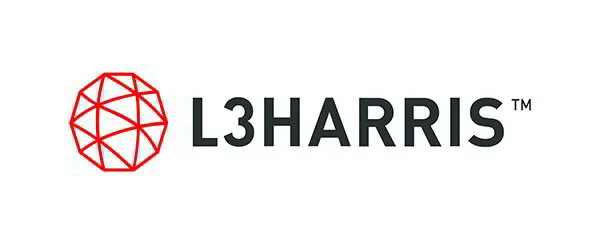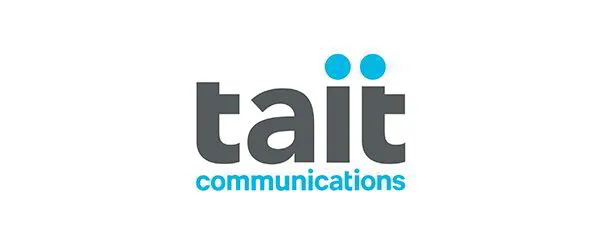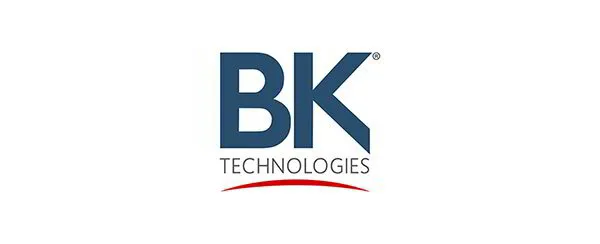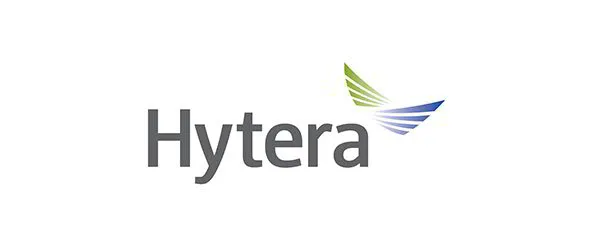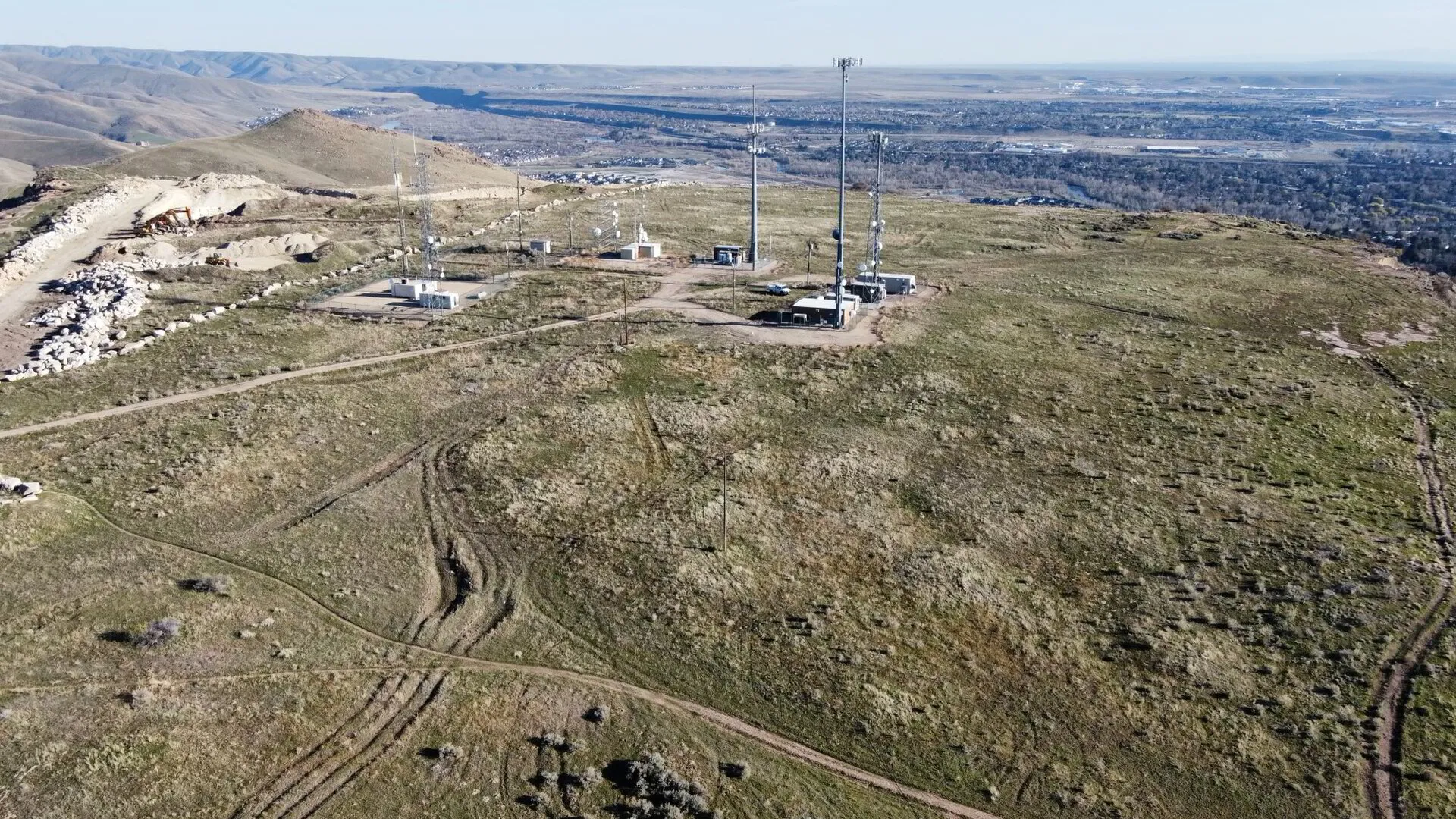
One of the Most Complete Communication Networks in the Northwest
White Cloud Communications Inc., an Idaho-based company with nearly 50 years of expertise, is headquartered in Twin Falls and operates satellite offices in Garden City, Burley, and Idaho Falls. We specialize in advanced two-way radio services, designing, developing, and delivering innovative solutions that boost productivity, enhance safety, and connect people in the toughest environments. Our mission is to provide seamless, reliable, and instant communication for businesses and communities across southern Idaho. With a focus on innovation, quality, and a customer-first mindset, we aim to be the trusted leader in wireless communication solutions.
Industries

The Evolution of Public Safety Radio
The landscape of Public Safety Radio has undergone significant transformation over the past few decades. With advancements in technology, radios used by police, firefighters, and emergency medical personnel have become more sophisticated, ensuring clearer communication and enhanced safety. Back in the day, reliance on analog systems meant occasional static and unreliable connections. Today, digital systems offer robustness and reliability, providing first responders with the tools needed for swift and efficient communication.
At White Cloud Communications Inc., we’ve witnessed firsthand this evolution from analog to digital platforms. The emergence of P25 standards, for example, has revolutionized how agencies communicate, allowing interoperability across different departments and jurisdictions. This not only enhances coordination during emergencies but also ensures that no small detail gets lost in translation.
Key Features of Modern Public Safety Radio
Modern Public Safety Radio systems are equipped with state-of-the-art features designed to optimize communication under pressing conditions. These radios boast:
- Interoperability: Facilitates communication between different public safety agencies.
- Enhanced Audio Clarity: Reduces background noise ensuring that every word is heard clearly.
- GPS Integration: Provides real-time location tracking for units in the field.
- Durability: Built to withstand extreme conditions, from fires to floods.
Our team at White Cloud Communications Inc. prides itself on providing radios that not only meet but exceed these standards, offering our clients the best in safety and technology.
How Do Public Safety Radio Systems Work?
Public Safety Radio systems are the backbone of emergency response operations. They work by using a network of repeaters strategically placed to cover large geographical areas, ensuring signals are transmitted swiftly and clearly. Here’s a typical process involved:
- The user transmits a message through the radio.
- The signal is picked up by the nearest repeater station.
- Repeaters relay the signal across the network to the intended recipient.
- The recipient’s radio receives and decodes the message.
This seamless process ensures that messages are conveyed accurately, which is crucial during emergencies.
What Qualifies as a Public Safety Radio Emergency?
A Public Safety Radio emergency is any situation where rapid communication is essential for ensuring public safety or coordinating emergency response efforts. This includes natural disasters, terrorist attacks, or any event that threatens public safety.
Recognizing such emergencies quickly is crucial. As a professional with over two decades in the industry, I’ve learned the importance of preparedness and training. Our systems at White Cloud Communications Inc. are always on standby, ready to support first responders in their critical duties.
The Future of Public Safety Radio
As technology continues to advance, so too will Public Safety Radio systems. Emerging trends point towards integrating AI and machine learning to predict potential communication bottlenecks and optimize frequencies in real-time. Additionally, the integration of IoT devices with radio systems will enhance situational awareness, providing first responders with comprehensive data during operations.
At White Cloud Communications Inc., we are at the forefront of these innovations, constantly seeking new ways to enhance the safety and efficiency of our clients. Embracing these technological advancements ensures that our public safety officials are well-equipped to handle any crisis with confidence and precision.

The Importance of First Responder Radio Coverage Analysis
As someone who’s spent over two decades with White Cloud Communications Inc., I’ve seen firsthand how critical First Responder Radio Coverage Analysis is to ensuring safety and effectiveness. This analysis ensures that first responders can communicate seamlessly, particularly in emergency scenarios where every second counts. In our work across Idaho, we’ve prioritized robust communication networks, recognizing that even a minor lapse can have grave consequences.
Unique Challenges in Radio Coverage Analysis
The rugged terrain of southern Idaho poses unique challenges for First Responder Radio Coverage Analysis. Mountains and dense forests can impede radio signals, necessitating advanced solutions. Over the years, we’ve developed tailored strategies for each landscape, ensuring signal strength remains consistent.
Another challenge is the interference from modern urban developments. High-rise buildings can block or scatter radio waves, which necessitates thorough testing and sometimes the installation of additional equipment like repeaters.
Our team works closely with industries ranging from healthcare to mining, understanding their unique environments and devising solutions that are both effective and cost-efficient.
Compliance with industry standards such as IFC 510 and NFPA 72 is non-negotiable. Ensuring these standards are met is integral to our process, providing peace of mind to our clients.
What Are the Benefits of Effective Radio Coverage?
Effective radio coverage means uninterrupted communication in emergencies. But what are the tangible benefits?
- Improved Response Times
- Increased Safety for First Responders
- Enhanced Coordination Among Various Departments
- Reduced Equipment Failures and Maintenance Costs
The overarching benefit is peace of mind, knowing that when an incident occurs, communication will not be the weak link.
Enhancing Radio Coverage: Proven Strategies
At White Cloud Communications, we’ve honed several strategies for improving radio coverage:
- Site Surveys: Conduct comprehensive site surveys to map out potential weak spots.
- Custom Equipment: Use equipment specifically designed to boost signal strength in challenging areas.
- Regular Testing: Implement ongoing testing routines to pinpoint and address new problems as they arise.
- Community Feedback: Engage with local first responders to gain insights and feedback on system performance.
These steps are not just theoretical; they’re practical measures we implement daily, ensuring our clients always receive top-tier service and support.
White Cloud’s Experience in First Responder Radio Coverage Analysis
Our extensive experience at White Cloud Communications Inc. allows us to address the unique needs of diverse industries. From providing specialized solutions for education sectors to ensuring reliable communication for national security, we understand the nuances involved in First Responder Radio Coverage Analysis.
Our commitment goes beyond just delivering technology; it’s about forging lasting partnerships with our clients. We believe in adapting our solutions as technologies evolve, ensuring that communication is never compromised, no matter the circumstances.
Why Fire Code Radio Signal Testing Matters
In the fast-paced world of emergency response, effective communication is not just a luxury–it’s a necessity. At White Cloud Communications Inc., we recognize the critical role that Fire Code Radio Signal Testing plays in ensuring that first responders can communicate effectively during emergencies. A building’s structural complexities can severely hinder radio signal strength, which is why testing is vital.
As a professional with two decades in the field, I’ve seen firsthand how insufficient radio communications can compromise safety. Conducting regular Fire Code Radio Signal Testing helps identify areas where signal enhancement systems, like in-building Emergency Responder Communication Enhancement Systems (ERCES), become essential. Our clients, ranging from Fire & EMS to Healthcare, rely on these systems for seamless operations.
The reality is that not all buildings are created equal; architectural designs and materials often obstruct signal paths. Testing radios in these environments ensures compliance with national standards, such as those set by the NFPA. This rigorous process identifies whether DACQ 3.0 or higher is achievable, a standard defined by the Telecommunications Industry Association.
By prioritizing Fire Code Radio Signal Testing, we’re not only adhering to regulations but also safeguarding lives. It is a proactive step that businesses must take to ensure their premises remain safe and communication-ready in emergencies.
How Do You Conduct Fire Code Radio Signal Testing Effectively?
Conducting Fire Code Radio Signal Testing involves a few critical steps that ensure comprehensive coverage. Having designed and implemented various testing procedures, I recommend the following:
- Grid Layout: Begin by mapping a grid layout of the building, which typically requires a minimum of 20 grid cells per floor.
- Signal Measurement: Use sophisticated tools to measure signals in the center of each grid square.
- Data Analysis: Evaluate whether each segment meets the DAQ 3.0 requirement for adequate audio quality.
- Adjustments: Identify weak spots and make necessary adjustments, possibly incorporating an ERCES system.
This methodical approach ensures all critical areas, such as fire command centers and exit stairs, receive the necessary attention. While each step seems straightforward, meticulous attention to detail is essential for accurate results.
Having personally supervised numerous testing projects, I know the challenges that come with each building’s unique layout. However, leveraging advanced technologies and experienced personnel can result in a seamless process. This is why White Cloud Communications Inc. emphasizes continuous training and the adoption of cutting-edge equipment.
Addressing Common Concerns in Fire Code Radio Signal Testing
One of the most frequent concerns we encounter is the perceived complexity of Fire Code Radio Signal Testing. Building managers often worry about the disruptions that testing might cause. However, with proper planning and experienced technicians from White Cloud Communications Inc., tests can be conducted with minimal impact on daily operations.
Another concern involves the cost of implementing systems to boost signal strength. While there is an investment involved, the potential cost of a communication failure during an emergency is far greater. Our team can help businesses understand the long-term benefits and cost-effectiveness of these solutions.
- Minimizing disruption through strategic scheduling
- Off-hour testing to avoid business downtime
- Cost-benefit analysis for ERCES installations
It’s essential to remember that Fire Code Radio Signal Testing is not just about compliance. At its core, it ensures that first responders have reliable channels for communication, a factor that can make all the difference in emergency situations.
With nearly 50 years in wireless communication, White Cloud Communications Inc. is committed to guiding clients through these concerns. Our expertise and industry experience equip us to deliver tailored communication solutions that prioritize safety and efficiency.
What Is an ERCES System and Why Is It Crucial?
An in-building Emergency Responder Communication Enhancement System, or ERCES, is a vital component in today’s emergency preparedness landscape. These systems are designed to ensure that radio signals penetrate even the most challenging building structures.
I’ve seen how the installation of ERCES systems has transformed communication capabilities in buildings–especially those with multiple levels or unique architectural features. By amplifying signals inside the structure, these systems guarantee that emergency personnel maintain contact with their teams and command centers in real-time.
Common places that benefit significantly from ERCES installations include large commercial buildings, hospitals, and educational facilities. The ability to communicate effectively can significantly impact how emergencies are handled, from initial response to coordination of efforts.
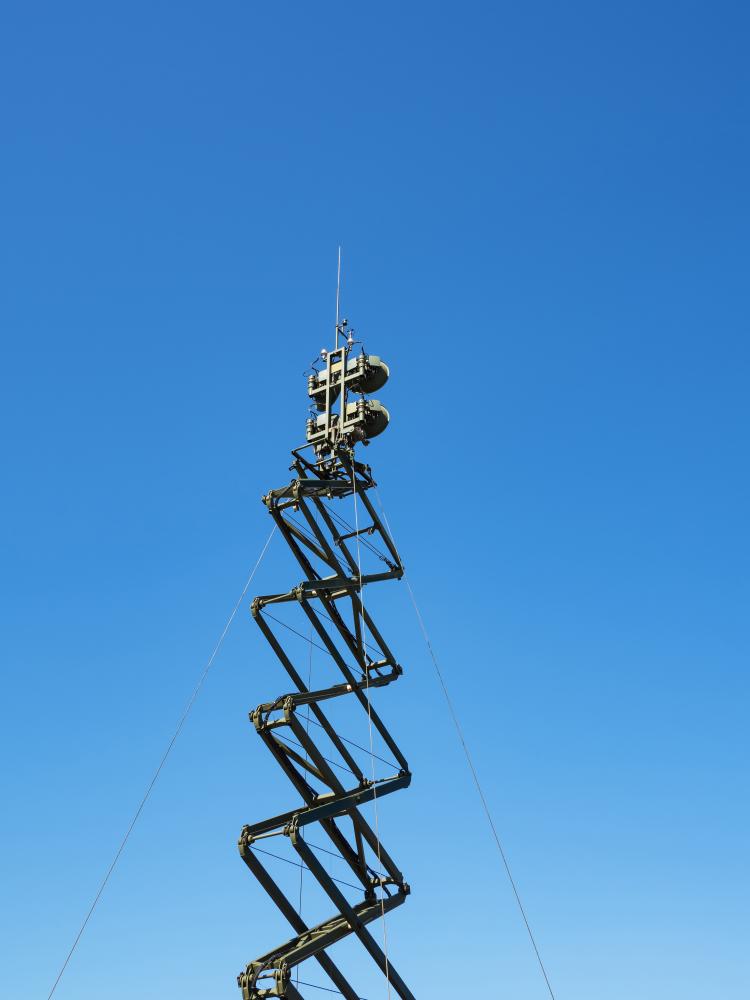
What are some common misconceptions regarding Public Safety Radio?
One prevalent misconception is that Public Safety Radios are just enhanced walkie-talkies. While they share some basic functionalities, Public Safety Radios integrate advanced technologies like GPS, digital encryption, and interoperability standards such as P25, which are not found in basic communication devices. These features are crucial for ensuring seamless interaction among different agencies during emergencies. Another misconception is that digital systems assume all communication needs without fail. However, while digital systems offer improved reliability, they can still face challenges like signal interference from tall structures or natural terrains, which requires careful planning and additional equipment to mitigate.
How do modern Public Safety Radio systems ensure communication during emergencies?
Modern systems are engineered to offer clarity and coverage, thanks to technologies such as digital signal processing and networks of well-placed repeaters. These systems facilitate the transmission and reception of messages over vast areas, ensuring that first responders remain connected. The devices used by agencies are often ruggedized for durability and can operate under extreme conditions. Additionally, the adoption of interoperability standards like P25 allows different agencies to communicate over a unified system, enhancing coordination during critical incidents. White Cloud Communications works diligently to customize these systems for our clients, providing solutions that are robust enough to support emergency operations effectively.
What are the advanced capabilities of Public Safety Radios today?
Today’s Public Safety Radios are equipped with sophisticated features such as GPS integration for tracking assets and personnel, encrypted communication for secure data transfer, and advanced audio clarity to minimize background noise. These enhancements ensure that critical messages are clear and reach their intended recipients without delay. The radios can also be programmed to operate on multiple channels, allowing for flexible communication across various departments and jurisdictions. At White Cloud Communications, we ensure that the radios we provide are up-to-date with the latest capabilities, offering our clients tools that enhance their operational efficiency and safety.
How do First Responder Radio Coverage Analyses improve emergency response?
Radio coverage analyses identify areas where communication might falter due to geographical or structural challenges. By conducting these analyses, agencies can strategically place repeaters and other equipment to ensure consistent signal strength across their operational areas. This proactive approach reduces the risk of communication breakdowns during emergencies, which is vital for coordinating timely responses. For example, in the mountainous regions of Idaho, which we at White Cloud Communications are familiar with, tailor-made solutions are imperative to overcome natural barriers. These enhancements not only improve responder safety but also ensure that critical information flows seamlessly during an incident.
What are some effective strategies for enhancing radio coverage in difficult terrain?
Addressing coverage in challenging landscapes involves a multifaceted approach. Conducting thorough site surveys helps in identifying weak spots. The installation of additional repeaters or signal boosters can bridge gaps in communication. Moreover, leveraging higher frequency bands can sometimes provide better penetration in densely built areas or rugged terrains. Regular maintenance and testing are crucial to ensure that the systems function as expected. Collaborating with local responders to gather real-world feedback can also guide improvements. White Cloud Communications has extensive experience in deploying these strategies, ensuring that our clients’ communication networks are both resilient and reliable.
Why is Fire Code Radio Signal Testing an essential practice for building safety?
Fire Code Radio Signal Testing ensures that emergency communications penetrate all areas of a building, regardless of its structural elements, which might interfere with signal integrity. By conducting these tests, businesses can identify areas where signal strength is inadequate and take corrective actions, such as installing boosters or modifying the layout. This practice is vital, not just for compliance with safety codes, but for ensuring that first responders can communicate effectively during an emergency. The safety and lives of individuals inside the building during an incident could depend on the reliability of these communication channels.
What steps are involved in effectively conducting Fire Code Radio Signal Testing?
Effective Fire Code Radio Signal Testing begins with a detailed grid mapping of the building to ensure every section is tested. Sophisticated signal measuring tools are used to check the adequacy of communication at each point. Once data is collected, it’s analyzed to identify any areas that fall short of standards. Necessary adjustments, such as installing an Emergency Responder Communication Enhancement System (ERCES), can then be made to strengthen those weak spots. This systematic approach ensures comprehensive coverage and enhances the overall safety of the building. At White Cloud Communications, we prioritize precision and thoroughness in these procedures, drawing on extensive experience to deliver optimal results.
How do ERCES enhance emergency communications in buildings?
ERCES significantly improve emergency communication by amplifying radio signals inside buildings, enabling responders to maintain contact in areas where signals might otherwise become obstructed. These systems are particularly beneficial in structures with complex layouts or multiple levels where radio waves may not naturally penetrate. Installing ERCES ensures that first responders can communicate reliably, which is critical for effective emergency management. By working closely with clients, White Cloud Communications customizes these systems to meet the specific challenges posed by different building environments, thereby enhancing both safety and operational efficiency during emergencies.
What potential challenges do businesses face in implementing these radio systems, and how can they overcome them?
Implementing Public Safety Radio systems comes with challenges such as high initial costs, ensuring compliance with regulatory standards, and managing potential disruption during installation and testing. However, the long-term benefits of improved safety and operational efficiency make these investments worthwhile. To overcome these hurdles, businesses can engage with experienced providers like White Cloud Communications, who can offer tailored solutions and phased implementations to minimize disruptions. Additionally, conducting a cost-benefit analysis can help underscore the value of these systems in long-term safety planning. Open dialogue with all stakeholders can also facilitate smoother integration and ongoing maintenance.
Public Safety Resources
- Department of Homeland Security – The official website of the Department of Homeland Security provides information on public safety initiatives and resources.
- National Fire Protection Association (NFPA) – The NFPA offers standards and resources related to fire safety and emergency response.
- Centers for Disease Control and Prevention (CDC) – The CDC provides emergency preparedness and response resources for public safety professionals.
- Federal Emergency Management Agency (FEMA) – FEMA offers training, resources, and assistance for emergency management and response.
- National Criminal Justice Reference Service (NCJRS) – NCJRS provides research and resources for law enforcement professionals in the field of criminal justice.
We are certified dealers of the following brands:

